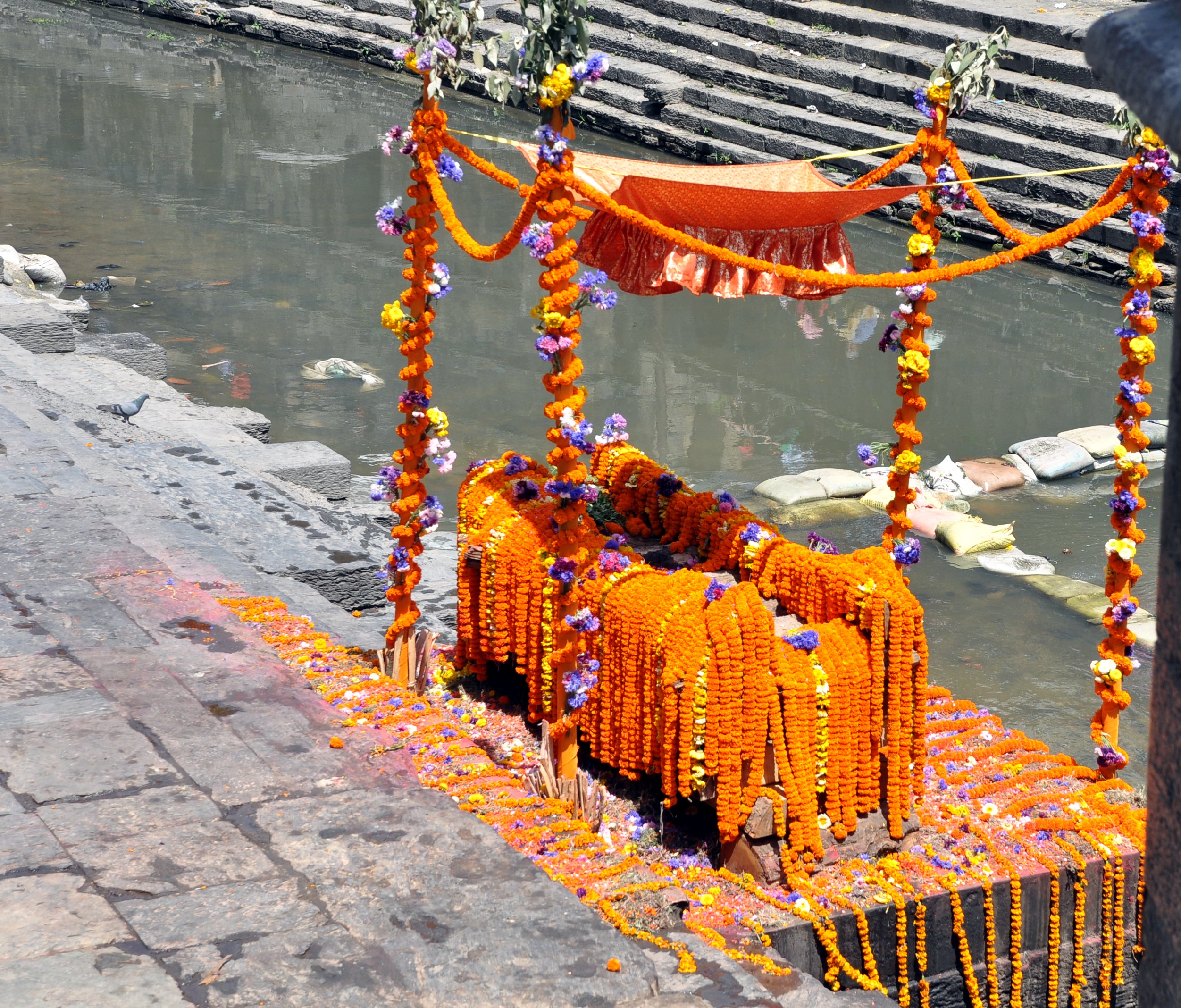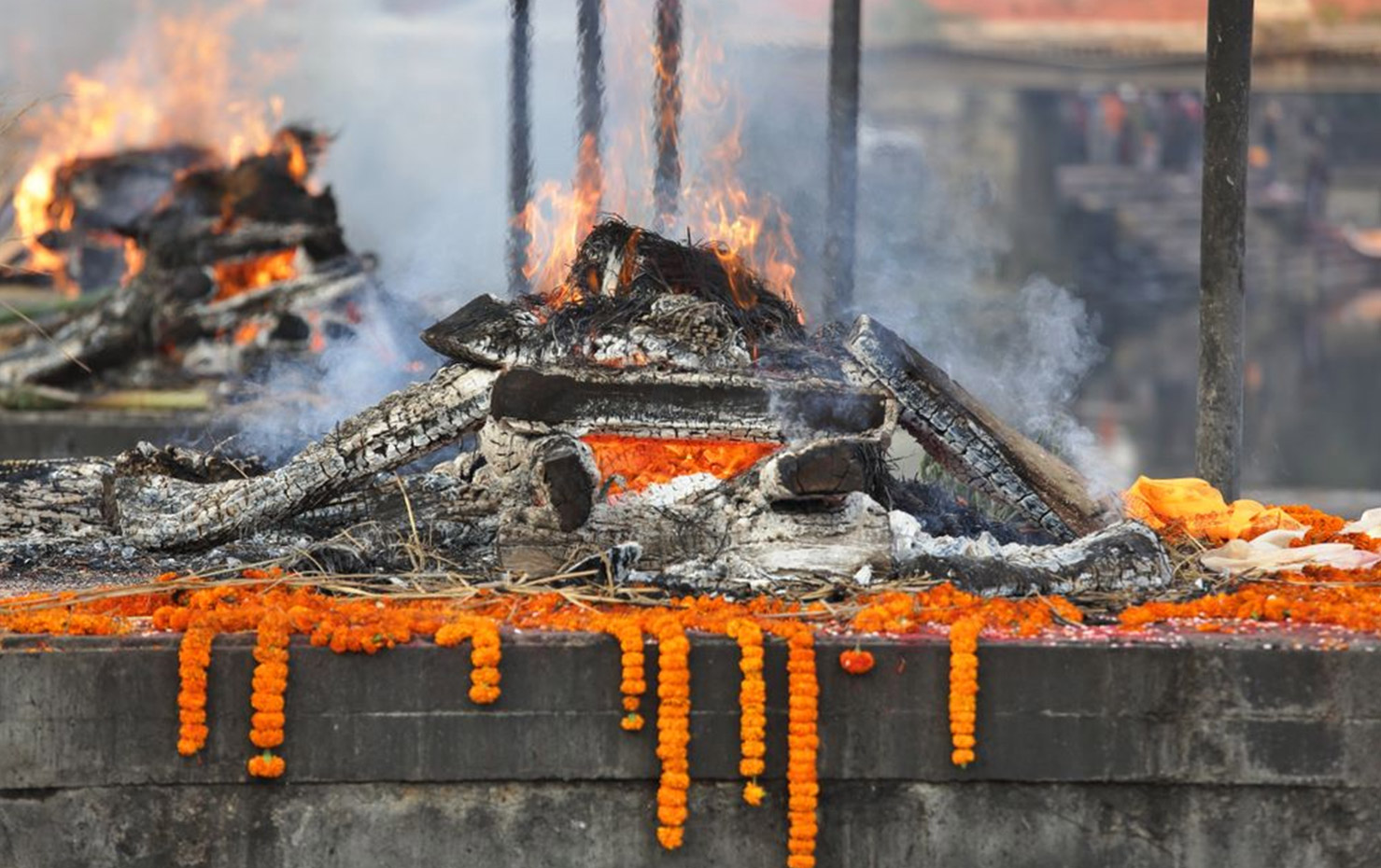Hindu cremation practices are steeped in ancient traditions and hold profound significance within the culture. At the heart of these customs is the belief in the cyclical nature of life and death. In Hindu philosophy, death is not viewed as the end but rather a transition to the next phase of existence. Cremation, or "Antyesti," plays a crucial role in this belief system by facilitating the soul’s journey to the afterlife. This article delves deeper into the customs surrounding Hindu cremation, exploring its cultural context and historical significance that shapes these time-honored practices.
Historical Significance of Cremation in Hinduism

The practice of cremation in Hinduism is not merely a modern ritual but is rooted in the annals of history, tracing back thousands of years. It dates as far back as the Vedic period, where ancient texts like the Rigveda reference the significance of fire in various sacred rituals.
Key highlights of historical significance include:
- Vedic Tradition: The Aryans, who settled in India around 1500 BCE, performed cremation as a way to offer respect to the deceased while ensuring that their spirit could undergo reincarnation.
- Scriptural References: Sacred texts like the Upanishads and Manusmriti emphasize the importance of fire in the cremation process, linking it to purification and liberation (moksha) of the soul.
- Symbolic Representation: Fire symbolizes transformation; through cremation, the physical body is returned to the elements, thereby promoting a natural cycle of rebirth.
- Regional Variations: Over the centuries, different regions have cultivated unique customs while retaining the essence of cremation, illustrating its adaptability and importance across cultures.
Understanding the historical nuances of Hindu cremation reveals not just a method of disposing of the physical body, but a comprehensive approach to understanding life, death, and the continuous cycle of existence woven into Hindu philosophy.
Steps Involved in the Cremation Process

The cremation process in Hindu culture is a significant ritual, deeply interwoven with belief systems and philosophical principles surrounding life, death, and rebirth. Here’s a step-by-step guide to understanding this profound practice:
- Preparation of the Body: The first step involves the preparation of the deceased’s body. It is typically washed and adorned with floral garlands. Close family members may also dress the body in traditional clothes, often white, which symbolizes purity and mourning.
- Arrival at the Cremation Site: Families usually transport the body to the cremation ground. Traditionally, this is done on a wooden bier, often embellished with flowers. The act of carrying the body demonstrates deep respect and connection.
- Setting the Funeral Pyre: Once at the cremation site, a sacred fire is lit, and the body is placed on a wooden pyre. The arrangement of the wood is done carefully, as the way it’s stacked can influence the quality of the cremation.
- Lighting the Fire: A close relative, typically the eldest son or a male family member, is responsible for lighting the fire. This act is deeply symbolic, representing the passage of the soul to the afterlife.
- Cremation Rituals: While the body is being cremated, various rituals are observed, such as chanting of mantras and sometimes the offering of rice or ghee to the flames, aimed at guiding the spirit to its next destination.
- Collecting Ashes: After the cremation, the family collects the ashes, usually within a day or two. These ashes are scattered in a holy river or a sacred place, signifying the return of the physical form to nature.
Understanding these steps offers a glimpse into the reverence and care with which Hindu communities approach the sensitive subject of death.
Cultural Emphasis on Fire and Purification
In Hindu culture, fire is not just a physical phenomenon; it symbolizes the divine presence and the transformative power of the universe. When it comes to cremation, fire plays a critical role in the purification and liberation of the soul.
Significance of Fire: Fire is considered the most potent purifier in Hindu beliefs. It eliminates impurities, rendering the deceased free from earthly ties. This purification process is essential for ensuring that the soul can move on to its next phase without any obstacles.
Furthermore, we can observe the emphasis on fire in various aspects of Hindu life:
- Agni Pooja: Fire ceremonies (homas) are a common aspect of worship, where offerings are bestowed to the flames as a way to connect with the divine.
- Welcoming Guests: During any auspicious gathering, a sacred fire (havan) is often lit to invoke blessings and invoke the presence of deities.
- Symbol of Transformation: Just as fire transforms wood into ashes, death is seen as a transformation, making way for rebirth.
Symbolic Interpretations: It’s essential to understand that in Hindu philosophy, death is not the end but a transition, and fire acts as the bridge between the material lifeline and spiritual realm. The emphasis on fire in cremation rituals signifies not only the end of physical existence but also the potential for renewal and rebirth.
Through such cultural lenses, fire emerges as a vital element, instilling a sense of continuity, respect, and solemnity in the journey from life to death.
The Role of Family and Community during Cremation
In Hindu culture, the role of family and community during cremation is paramount. The journey of a loved one from life to death is deeply entwined with familial and social bonds, reflecting the society's values and norms. Family members come together during this somber time, providing emotional support and fulfilling specific duties that honor the deceased.
When a person dies, it’s customary for close family members to partake in various rites, known as *Antyesti or the last rites. The eldest son, or sometimes another close male relative, often assumes the primary role in the cremation process. This responsibility includes:
- Preparing the body: Bathe and adorn the deceased with traditional garments.
- Purification rites: Chanting mantras to ensure the soul's safe passage.
- Lighting the pyre: The eldest son typically lights the cremation fire, signifying the start of the journey for the departed soul.
Community involvement is also crucial during this time. Neighbors and friends often gather to offer condolences, assist with funeral arrangements, and engage in prayers. This support helps mitigate the overwhelming nature of grief. It’s common to see a “gathbandhan” of various community members helping with logistics, from transporting the body to the cremation site to providing food and water for attendees.
Grieving practices may vary; however, the essence remains the same: a collective expression of love and respect. Funeral gatherings often transform into a space of reflection and solidarity, ensuring the family feels surrounded by support during their most challenging moments.
Variations in Cremation Practices Across Regions
The diversity within Hindu cremation practices illustrates the rich tapestry of cultural beliefs and regional traditions that exist across India and beyond. While the core principles of honoring the deceased remain intact, specific customs and rituals may vary significantly depending on local traditions, societal norms, and family preferences.
For instance, Northern India often observes cremation practices that include:
- Use of wood: Traditionally, wood is exclusively used for pyres in many northern states, reflecting a connection to nature.
- River rituals: Bodies are frequently cremated near sacred rivers, such as the Ganges, believed to purify the soul.
Conversely, Southern India presents a different approach where:
- Cremation grounds: These may be different from public crematoriums, often found in close-knit family or community areas.
- Different rituals: For example, some communities place less emphasis on the role of the male as the sole caregiver during the rites.
Additionally, Western Hindus or diaspora communities have adapted their practices, sometimes integrating local customs:
- Crematory services: Some prefer formal crematory services instead of traditional pyres.
- Memorial services:* These often incorporate elements from both Hinduism and Western traditions, allowing for a blended homage that suits the family's preferences.
Despite these variations, the essence of respect, love, and continuity of life remains universal across all practices. Understanding these differences enriches our appreciation of Hindu cremation practices, highlighting a profound respect for the eternal cycle of life and death.
7. Contemporary Views and Changes in Cremation Traditions
Over the years, Hindu cremation practices have seen significant changes, shaped by contemporary views, urbanization, and the influence of technology. Where once the traditional funeral rites were unyielding, shifts in societal attitudes are prompting a re-evaluation of these customs.
Modernity has introduced new perspectives on death and mourning. Here are some contemporary views on cremation traditions:
- Environmentally Conscious Practices: There's a growing awareness around the environmental impact of cremation. Many families are now considering eco-friendly options, such as green cremation methods, which reduce emissions and minimize the carbon footprint.
- Urbanization and Infrastructure Constraints: In densely populated urban areas, traditional cremation grounds may be less accessible. This has led to the emergence of newer cremation facilities, often equipped with modern amenities and technologies that cater to urban needs.
- Fusion of Rituals: Some families are blending traditional Hindu rites with contemporary customs, creating a hybrid culture that resonates with younger generations while still respecting age-old practices.
- Inclusivity in Practices: Today's society embraces diverse beliefs and perspectives, prompting dialogues around inclusive mourning practices that honor various faiths alongside Hindu traditions.
These modern shifts highlight a fascinating evolution in how Hinduism engages with life, death, and everything in between, allowing creeds to coexist in a manner that is acceptable to all. As these traditions evolve, they continue to encapsulate the essence of Hinduism while adapting to the present.
8. Conclusion: The Cultural Impact of Cremation on Hindu Society
The practice of cremation holds a special place within Hindu culture, deeply rooted in spiritual beliefs and societal norms. It resonates with the fundamental principles of dharma (righteousness) and karma (the law of cause and effect), shaping not just individual lives but the societal fabric as well.
The cultural impact of cremation on Hindu society is multi-faceted:
- Preservation of Heritage: Cremation rituals are not only a means of honoring the dead but also serve as a way to preserve centuries-old traditions that unite families and communities. They act as a bridge connecting the past with the present.
- Community Cohesion: The customary gatherings associated with cremation provide opportunities for families and friends to unite, fostering a sense of belonging and shared grief. These communal experiences reinforce communal ties and collective identity.
- Spiritual Reflection: The process of cremation prompts individuals to reflect on life’s impermanence. This reflection allows for a healthier approach to mortality and grief among the living, encouraging a more profound understanding of life itself.
- Innovative Changes: As the practices evolve to embrace contemporary views, they continue to instill the values of respect and dignity, demonstrating that tradition can breathe with modernity.
In conclusion, while the physical act of cremation may seem simple, its implications are significant and far-reaching. The practice remains a cornerstone within Hindu culture, continually shaping society’s values and traditions, ensuring that the cycle of life, death, and rebirth remains honored and alive.










